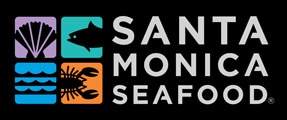
Community Support Initiative
Taking Our Commitments to the Next Level
Ensuring food safety, supply integrity, and sustainable practices.Taking Our Commitments to the Next Level
Our Community Support Initiative (CSI) is designed to support projects that we believe will lead to a more sustainable future. The purpose of this program is to fund a variety of stewardship projects that support the protection of our most precious of ocean resources.
We work closely with our colleagues at FishWise to vet and select CSI funding recipients. FishWise promotes the health and recovery of ocean ecosystems by providing innovative market-based tools to the seafood industry. The organization supports sustainability through environmentally responsible business practices while helping us stay connected to the projects we fund. To learn more about FishWise, visit their website.
Sea Pact
In addition to our work with the CSI, Santa Monica Seafood is a founding member of Sea Pact; an alliance formed between eleven of the leading, like-minded Seafood Distributors in North America. This unprecedented alliance is a first of its kind in the seafood industry. To learn more about the work Sea Pact is doing, visit their website.
The key to our program is participation. That means we are engaged not just with issues of sustainability but also actively engaged in educating both our customers and vendor network relative to the issues the seafood industry needs to courageously face.
CSI funding also helps Santa Monica Seafood identify, qualify and verify new (and existing) suppliers. We are vested in making sure that every entity with which we do business shares our commitment to food safety, supply integrity and sustainable practices. Such investment in the supply side of the equation provides both continual assessment as well as gaining valuable insights we can, in turn, pass along to our customers.
